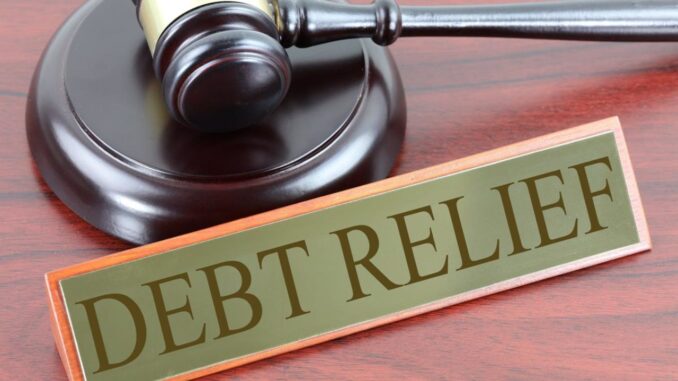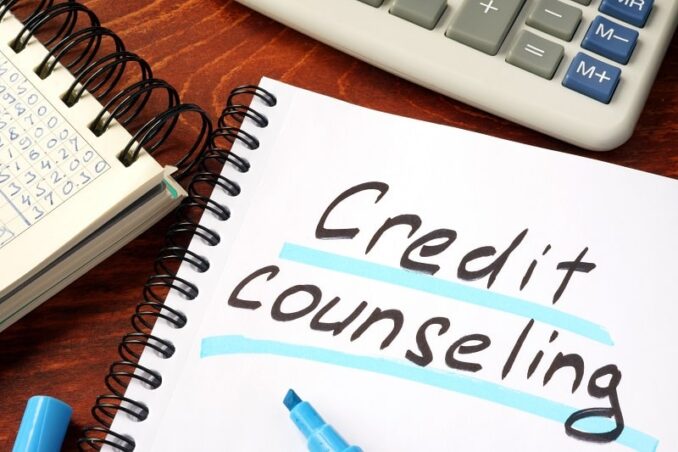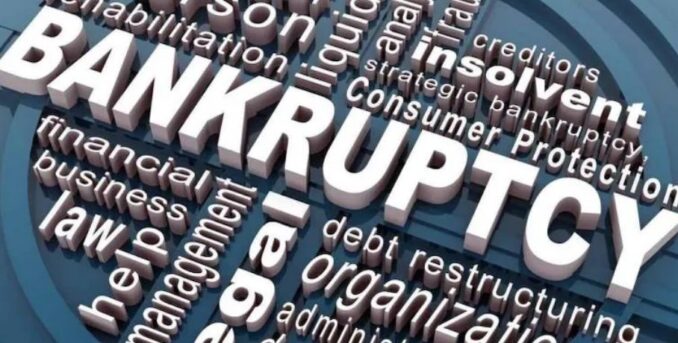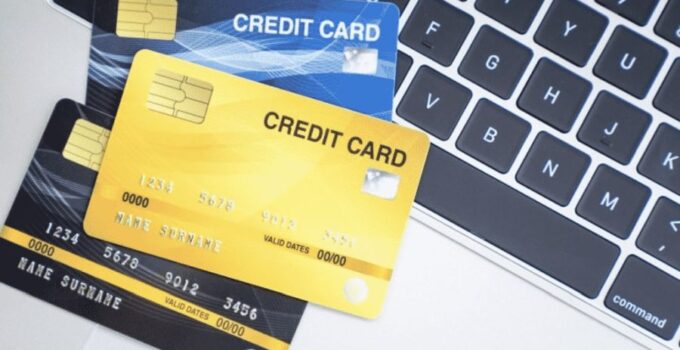While essentially targeting the same issue, debt relief takes many different forms, each with its own set of requirements and methodologies. To gain an understanding of how credit card debt relief programs work, let’s look at some of the most common ones.
Types of Debt Relief

Source:thebogotapost.com
Generally speaking, credit card debt relief boils down to one of five methods. These are debt consolidation, credit counseling, debt management, debt negotiation/settlement and bankruptcy protection. The moves you make will be largely dependent upon your income, your credit score, your ability to pay and the severity of your issue.
Credit Counseling

Source:cwdebtrelief.com
Many non-profit organizations offer these services, including church groups, universities and credit unions. A credit counselor will analyze your finances to find ways to make your current income encompass your obligations. Credit counselors also try to help you avoid similar situations in the future. They also offer savings and debt management guidance. If they determine that your situation is too far gone for their primary tactics to be of any service, they will often recommend debt management, which we’ll cover in greater detail below.
Debt Consolidation

Source:bankrate.com
Within the debt consolidation category are a number of different approaches. These include balance transfer credit card offers, personal loans, mortgage-backed loans and to a lesser degree, debt management.
Balance Transfer Offers can often be had with interest-free introductory periods of anywhere from 12 to 21 months. These can be a real boon if you’re in a position to qualify for the transfer deal and pay off the transferred amount before the introductory zero interest rates expire. Otherwise, you could be looking at an even larger debt, as the interest rate hiding behind these deals can be upwards of 25 percent.
Personal Loans — which are backed solely by your promise to pay — can be an inexpensive form of credit card debt relief. The key here is to ensure that the interest rate you’ll pay is less than the overall interest rate you’re paying on the existing debts. To accomplish this, you’ll need a strong credit score of at least 700. This will ensure that you’ll get a loan with a rate that will beat those of your current obligations.
Mortgage Backed Debt Consolidation Loans typically take the form of home equity loans, home equity lines of credit, or cash out refinancing. These can usually get you the best interest rates of all and qualifying criteria can be easier than personal loans. However, these instruments require you to pledge real estate as collateral. In most cases, this will take the form of your residence, which means you could lose your house if you can’t pay off the loan.
Debt Management doesn’t involve a loan but is considered a form of consolidation just the same. You’ll forward the cash you previously used to service your debt to a debt management agency, which will pay your bills on your behalf.
They will do this after negotiating interest rate reductions and/or other types of easier payment terms on your behalf. In this way, management can be an effective form of consolidation, though it will require you to surrender control of your finances to a third party. You’ll also likely be required to close some accounts and barred from opening new ones while you’re in the management program.
Debt Negotiation/Settlement

Source:forbes.com
These programs involve trying to get your creditors to waive fees, lower interest rates and even forego a portion of the principal amount of your debts. While this is absolutely something you can accomplish without professional assistance, you’re typically better off engaging the services of a company like FreedomDebtRelief.com in this regard.
They will help you build up the war chest you’ll need to satisfy settlement agreements once they’re reached. These people also have more experience working with credit card issuers on these matters. This means they can get to decision-makers more quickly and with less effort. The gist of the approach revolves around asking the companies you owe to agree to accept one-time payments in full of lesser amounts in exchange for closing out the debts and calling them satisfied.
Yes, your credit score will take a hit if the creditors agree to do this because the debts will be listed as settled — rather than paid as agreed. However, if you’re in need of debt settlement as a form of credit card debt relief, your credit score is already in an elevator going down, if it hasn’t already arrived in the basement.
In fact, the state of your credit is exactly what will usually get a card company’s agent to agree to accept a settlement. They know your next action will likely be to file for bankruptcy protection when your situation is that dire. They’ll then have to line up behind everyone else to whom you’re obligated and hope something’s left for them to feed upon when it’s their turn.
Bankruptcy Protection

Source:moneycontrol.com
Available in two flavors — Chapter 7 and Chapter 13 — bankruptcy protection will relieve you of credit card debt, no problem. The difference between the two is that you’ll get a three to five-year repayment plan with a Chapter 13, while a Chapter 7 will discharge your debt altogether. However, a 13 makes it possible for you to hold on to more of your stuff, while going 7 can cost you certain material possessions. A 13 will be reflected on your report for up to seven years, while a 7 will show for 10.
That, in a few nutshells, is a look at how credit card debt relief programs work. With so many to discuss, we’ve covered each one briefly, to help you decide where to start. It will be helpful to examine the ones you think would be best suited to your situation in more detail.
Whichever approach you ultimately choose though, it’s always a good idea to start with credit counseling first. Sometimes, an impartial third party can come up with relief ideas you may have missed because you’re so close to the problem.





